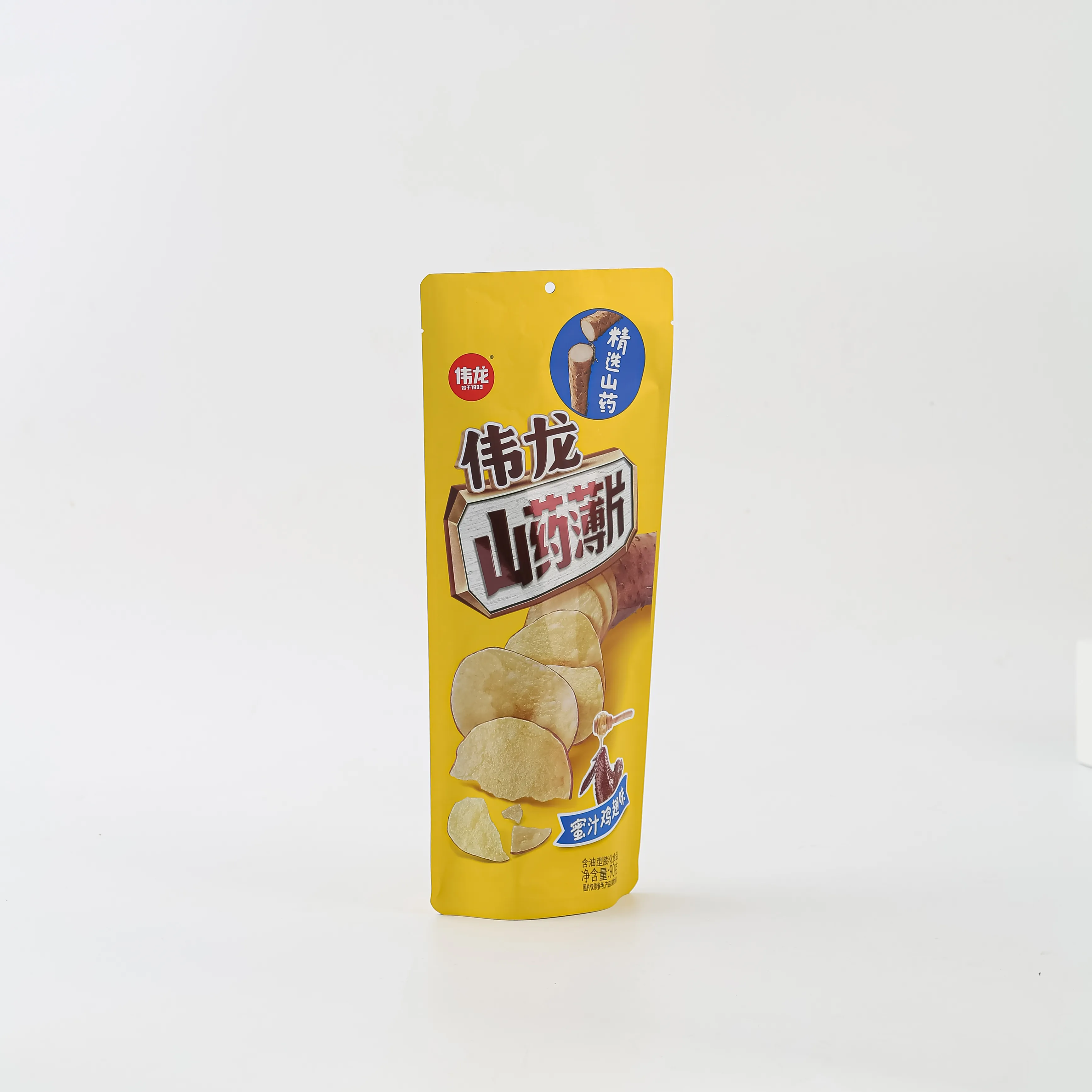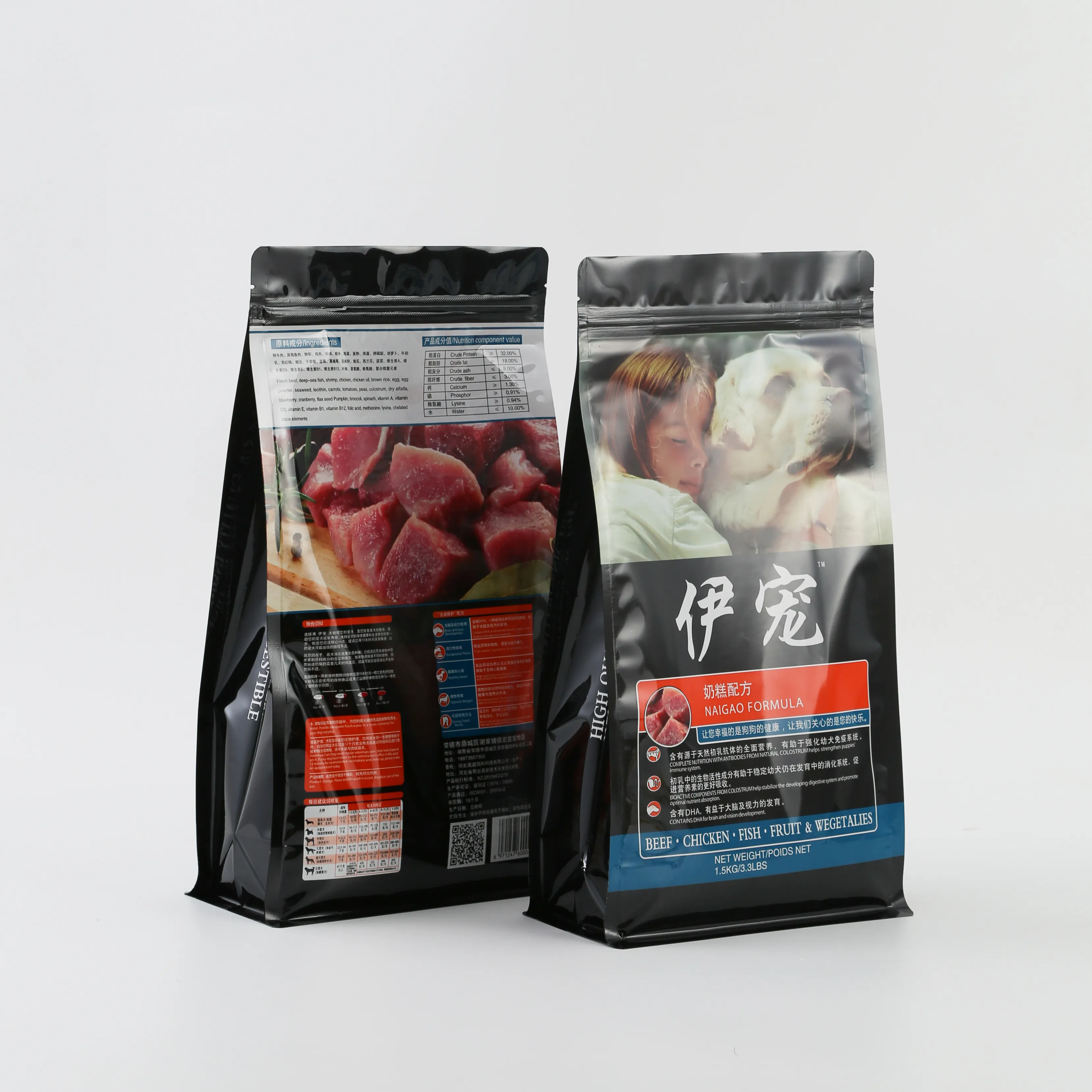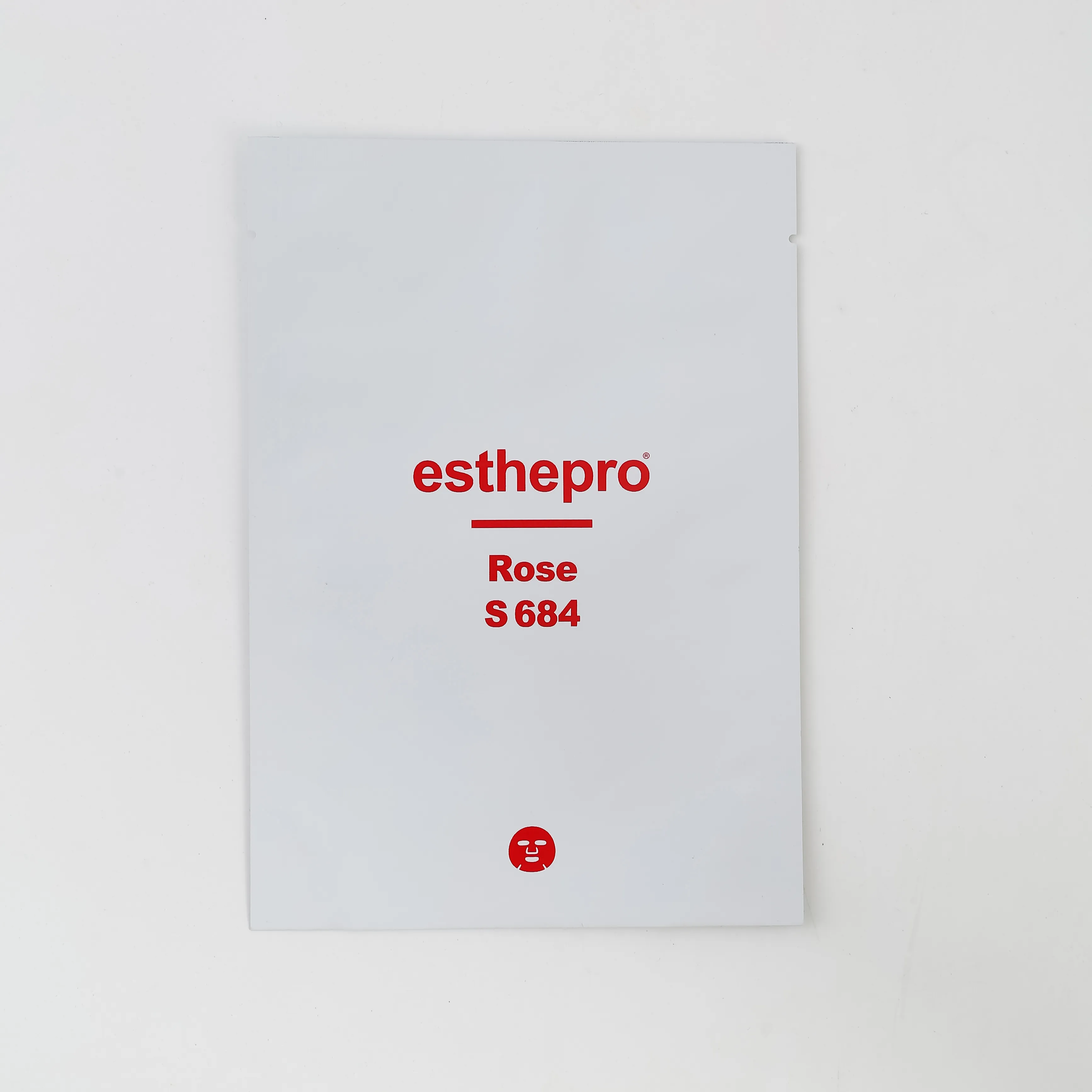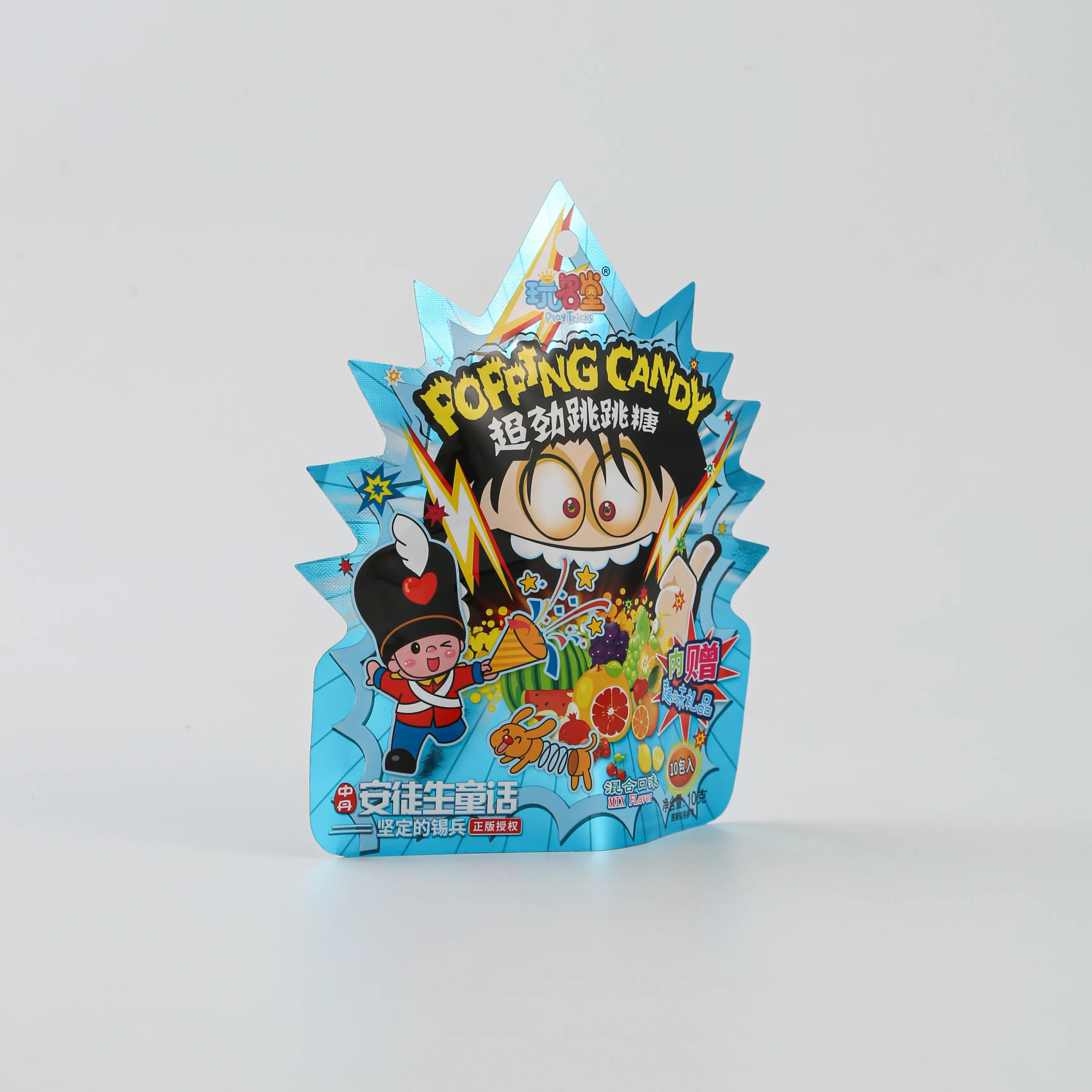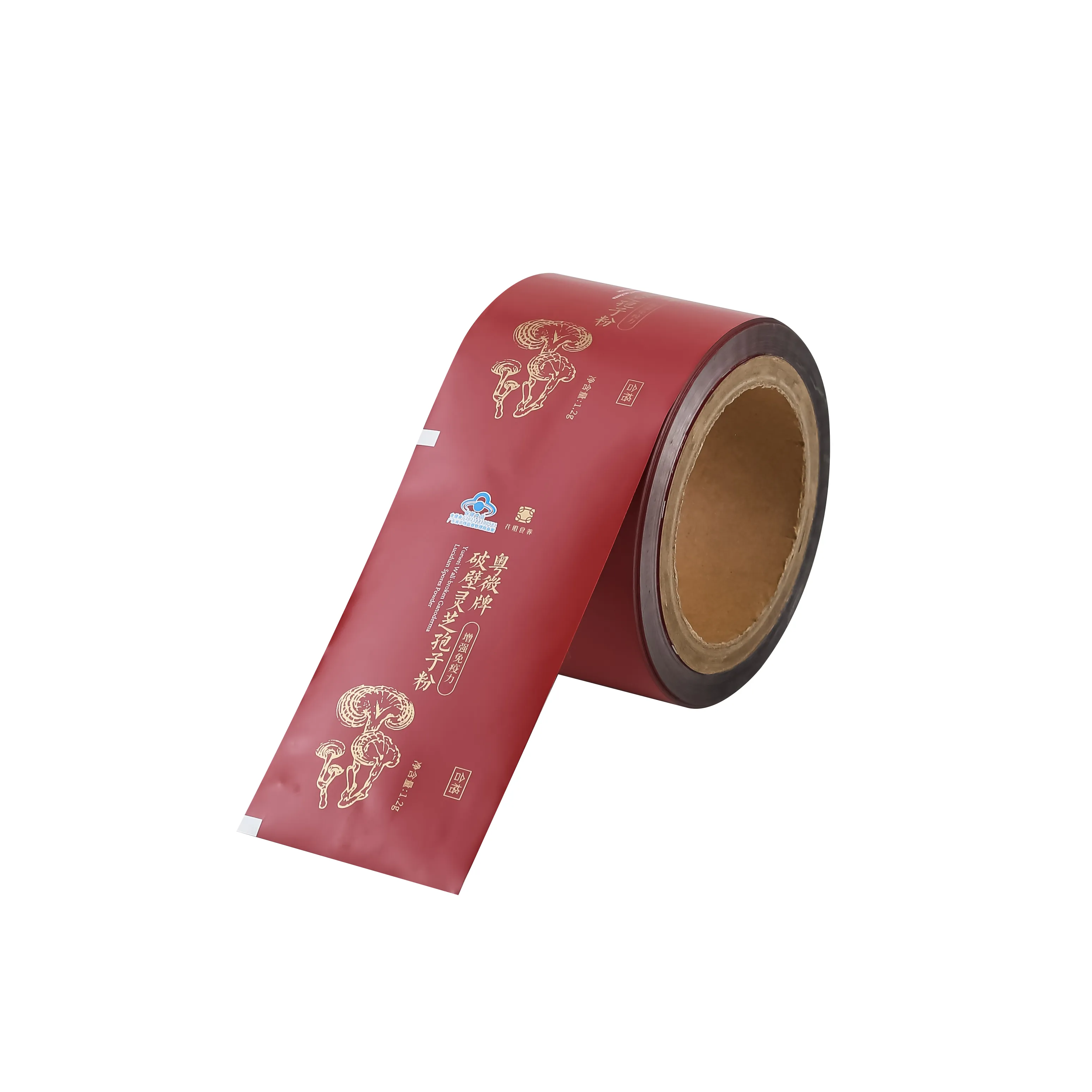In the pharmaceutical market, pharmaceutical packaging is more than merely a product’s outward appearance; it is a bearer of safety, regulation, and brand transmission. As a manufacturer and provider with specialization in pharmaceutical flexible packaging and carton packaging, Meishida is always committed to providing top-class, customized pharmaceutical packaging solutions for meeting customers’ different needs from a functional, regulatory, and promotional marketing aspect.
Three Hierarchical Structures of Pharmaceutical Packaging
Primary Pharmaceutical Packaging: directly protecting the active ingredients of pharmaceuticals
Primary packaging is in direct contact with the drug itself, playing the role of sealing, moisture-proofing, and pollution-proofing. Its design must take into account barrier properties, material safety, chemical stability, and compatibility with drugs.
Common primary packaging types include:
- Blister Packs: Applicable to tablets and capsules, Meishida provides PVC, aluminum foil, and multi-layer composite film structures with good oxygen and moisture barrier properties.
- Strip Packs: Each drug is individually packaged to improve the safety and portability of taking.
- Composite film sealing gaskets for vials/ampoules: We provide sealing film materials that are compatible with glass/plastic containers to ensure aseptic sealing.
All of Meishida’s flexible packaging materials comply with ISO and pharmaceutical packaging material standards and are suitable for solid, liquid, and powder drugs.
Secondary Pharmaceutical Packaging: convey information and build brand image
Secondary packaging, namely external carton packaging, is a bridge between drugs and users. Its role is far more than just “wrapping”:
- Convey information: Contains key information such as product description, ingredients, usage, batch number, expiration date, etc.
- Brand display: Enhance brand recognition and user trust through design.
- Physical protection: Buffer physical impact during transportation to avoid damage to primary packaging.
Advantages of Meishida paper box packaging:
- High-quality paper and environmentally friendly water-based ink printing to meet pharmaceutical compliance requirements;
- Support personalized customization of size and printing pattern;
- Compatible with automatic cartoning production lines and suitable for mass production.
Tertiary Pharmaceutical Packaging: the guardian of logistics and transportation
Tertiary packaging is a packaging system designed for batch transportation. Its main function is to protect products from damage such as impact, moisture, dust pollution, etc., during the logistics process.
Common forms include:
- Corrugated boxes
- Heat shrink film/stretch film wrapping
- Plastic or wooden pallet packaging
Meishida provides one-stop packaging auxiliary material recommendations and matching solutions in this regard to ensure that customers maximize transportation efficiency and cost control.
Practical Tips for Pharmaceutical Packaging: improving safety and compliance
In the pharmaceutical industry, from product development to market launch, packaging design must consider the following key aspects:
Material selection must ensure:
- High-barrier properties (moisture-proof, light-proof, oxygen-proof)
- No reaction with pharmaceutical ingredients
- Good mechanical strength and heat sealing performance
Label and regulatory requirements:
- All packaging must be marked with legal information, such as ingredients, production batch number, expiration date, usage and dosage, etc.;
- Comply with domestic and foreign packaging material standards such as GMP, FDA, and EU Pharmacopoeia.
Sustainable packaging strategy:
- Use degradable or recyclable materials (such as paper packaging instead of plastic);
- Reduce packaging levels, optimize structural design, and reduce carbon emissions.
Meishida continues to promote green packaging research and development, providing green production processes such as safe ink printing, environmentally friendly composite film structure, and solvent-free composite.
Answers to Common Pharmaceutical Packaging Questions
Q1: What are the main types of pharmaceutical packaging?
A: According to the contact level, it can be divided into primary packaging (blister, vial, strip, etc.), secondary packaging (carton), and tertiary packaging (logistics box, pallet, etc.).
Q2: Why is pharmaceutical packaging so critical?
A: The stability, safety, and patient compliance of drugs are highly dependent on packaging; it also carries brand image and compliance responsibilities.
Q3: What regulations regulate pharmaceutical packaging?
A: It must comply with the GMP specifications of various countries, the Chinese Pharmacopoeia standards, the US FDA CFR 21, etc., and materials and printing must be registered and verified.
Q4: What are the commonly used pharmaceutical packaging materials?
A: Blister film (PVC/PVDC/ALU), pharmaceutical aluminum foil, carton sheet, high-barrier composite film (PE/PET/Al), environmentally friendly adhesive, etc.
Why Choose Meishida as Your Pharmaceutical Packaging Partner?
As an industry-leading pharmaceutical flexible packaging and paper box packaging manufacturer, Meishida has:
- 20+ years of production experience
- Modern factories and clean workshops
- Integrated production lines, from printing, laminating, and slitting to carton packaging
- Strict quality system management in compliance with ISO22000, GMP, and other standards
- Support OEM/ODM customization, serving domestic and foreign pharmaceutical companies
Looking for a trustworthy pharmaceutical packaging supplier?
Feel free to contact us for exclusive customization solutions.
Whether it is flexible packaging materials or paper box printing, Meishida will protect the safety of your drugs.

